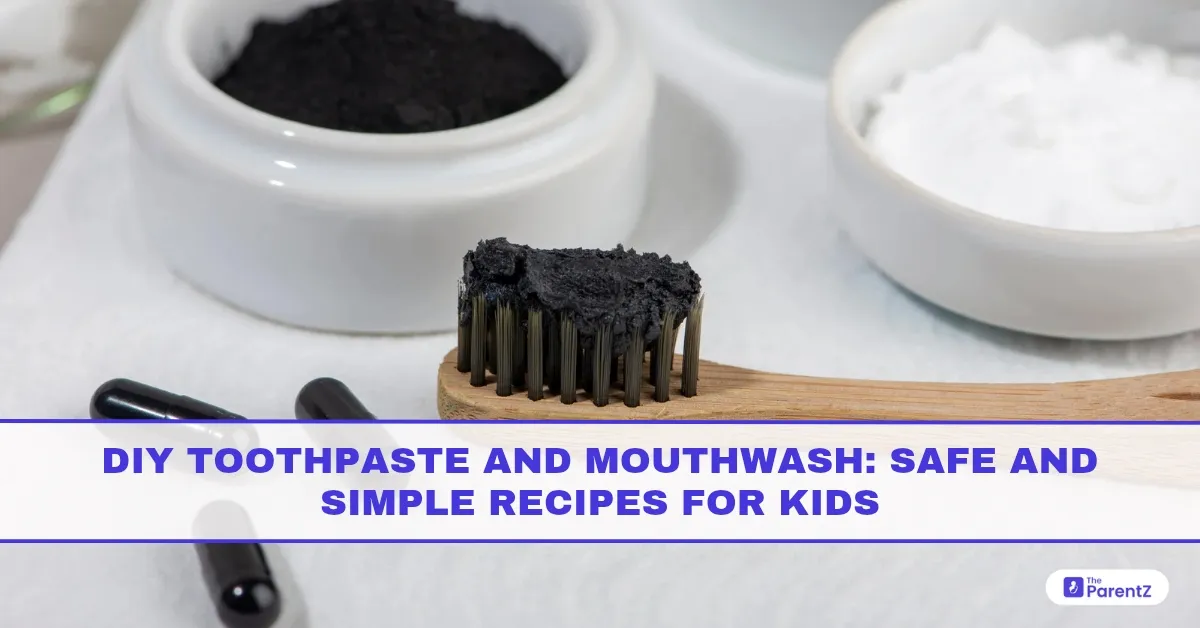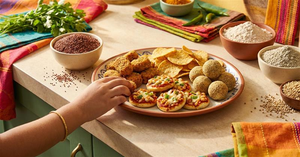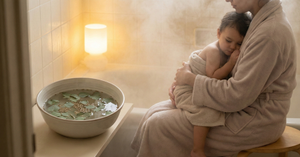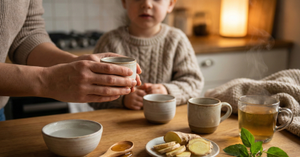Many parents today are looking for more natural, affordable, and gentle options for their children’s oral care. While commercial toothpastes and mouthwashes are widely available, some may contain ingredients like artificial flavours, potent foaming agents, or fluoride, things many families prefer to avoid, especially for younger kids.
If you’re one of those parents, the good news is that you can safely make your toothpaste and mouthwash at home with ingredients you likely already have in your kitchen. And yes, when done right, they can be both safe and effective in helping prevent cavities, freshen breath, and support enamel health.
Why DIY?
Parents choose DIY oral care for several reasons:
- To avoid synthetic flavors, preservatives, and colors
- To limit fluoride exposure in very young children
- For children with allergies or sensitivities
- For a more natural lifestyle
- To make brushing fun and interactive.
DIY recipes can be tailored to your child’s taste and needs, and making them together can become a fun routine that encourages good brushing habits.
Before You Start: Safety First
Homemade toothpaste and mouthwash can be gentle and effective, but they should not replace regular brushing, dental checkups, or treatments for existing problems. Always keep these tips in mind:
- Children under six should not swallow toothpaste or mouthwash. Use only a small amount and supervise closely.
- Avoid strong essential oils, abrasive ingredients, or anything that could irritate the mouth.
- Introduce new ingredients slowly, watching for any reactions.
- DIY toothpaste may not contain fluoride or other protective agents found in commercial brands, so ensure your child’s diet includes tooth-friendly minerals (like calcium and vitamin D) and that you get regular dental checkups.
Basic DIY Toothpaste Recipe (Fluoride-Free)
This is a gentle, kid-safe recipe suitable for children over 2 years old.
Ingredients:
- 2 tablespoons coconut oil (naturally antibacterial)
- 1 tablespoon baking soda (mildly abrasive for cleaning)
- 1 teaspoon xylitol powder (optional, for sweetness and cavity protection)
- A few drops of food-grade peppermint or orange essential oil (optional, for flavor)
How to Make:
- Mix all the ingredients in a small glass jar.
- Store at room temperature in a dry place.
- Scoop out a small amount onto a soft toothbrush.
Usage Tips:
- For children under 3, use a rice grain-sized amount.
- For children 3–6, use a pea-sized amount.
- Ensure your child spits it out and does not swallow.
- Avoid if your child has any coconut or nut allergy.
Why these ingredients work:
- Coconut oil has mild antibacterial properties and creates a smooth texture.
- Baking soda is mildly abrasive, helping to remove plaque without harming enamel when used in moderation.
- Xylitol can reduce the growth of cavity-causing bacteria.
- Essential oils give a pleasant taste but must be used carefully and only in tiny, child-safe amounts.
DIY Remineralising Toothpaste (For Older Kids)
For children over 6, you can add a remineralising element to your DIY paste.
Ingredients:
- 1 tablespoon bentonite clay (natural detoxifying agent, rich in minerals)
- 2 tablespoons coconut oil
- 1 teaspoon calcium carbonate powder
- 1 teaspoon xylitol
- Filtered water to adjust consistency
Mix everything to form a smooth paste. Store in an airtight container. This paste is fluoride-free but contains calcium to help support enamel strength.
Avoid using this in very young children, as bentonite clay should not be swallowed.
Simple DIY Mouthwash for Kids
Homemade mouthwash can be soothing, refreshing, and free from alcohol or artificial additives.
Basic Saltwater Mouthwash (3+ years):
- 1 cup warm filtered water
- 1/2 teaspoon salt
Stir until dissolved. Let your child rinse and spit, not swallow. This helps soothe sore gums and maintain oral hygiene, especially during teething or after meals.
Mild Herbal Mouthwash (5+ years):
- 1 cup cooled chamomile or green tea
- A pinch of salt or baking soda
- A few drops of xylitol syrup (optional)
This mix is gentle on sensitive mouths and helps balance the mouth’s pH, reducing the growth of bacteria.
Use once a day or after meals under supervision.
Ingredients to Avoid in DIY Recipes for Kids
Some natural ingredients are commonly used in adult DIY pastes but should not be used for children.
Avoid:
- Hydrogen peroxide (too harsh for kids)
- Strong essential oils like clove or cinnamon (can burn the mouth)
- Activated charcoal (too abrasive)
- Lemon juice or vinegar (highly acidic and enamel-eroding)
- Raw turmeric (stains teeth and may irritate sensitive gums)
Even natural ingredients can be harmful if not chosen carefully. Always check with your pediatric dentist before using any new products on your child.
When DIY Isn’t Enough
DIY toothpaste and mouthwash are excellent as part of a preventive routine, especially for children with healthy teeth and good brushing habits. But if your child has:
- Frequent cavities
- Sensitivity to cold or sweets
- Gum inflammation
- White or brown spots on teeth
Then it’s best to speak to your pediatric dentist before switching to homemade care. In some cases, professional treatments, fluoride varnishes, or medicated products are needed.
Conclusion
DIY toothpaste and mouthwash can be a fun, safe, and empowering part of your child’s oral health routine. With just a few simple, kitchen-safe ingredients, you can create gentle products that clean, protect, and even taste great.
However, they are not a replacement for dental visits or professional care. Use them to support your dentist's recommendation not to skip important treatments.
With the right balance of natural care and expert guidance, your child can grow up with a healthy, confident smile.









Be the first one to comment on this story.